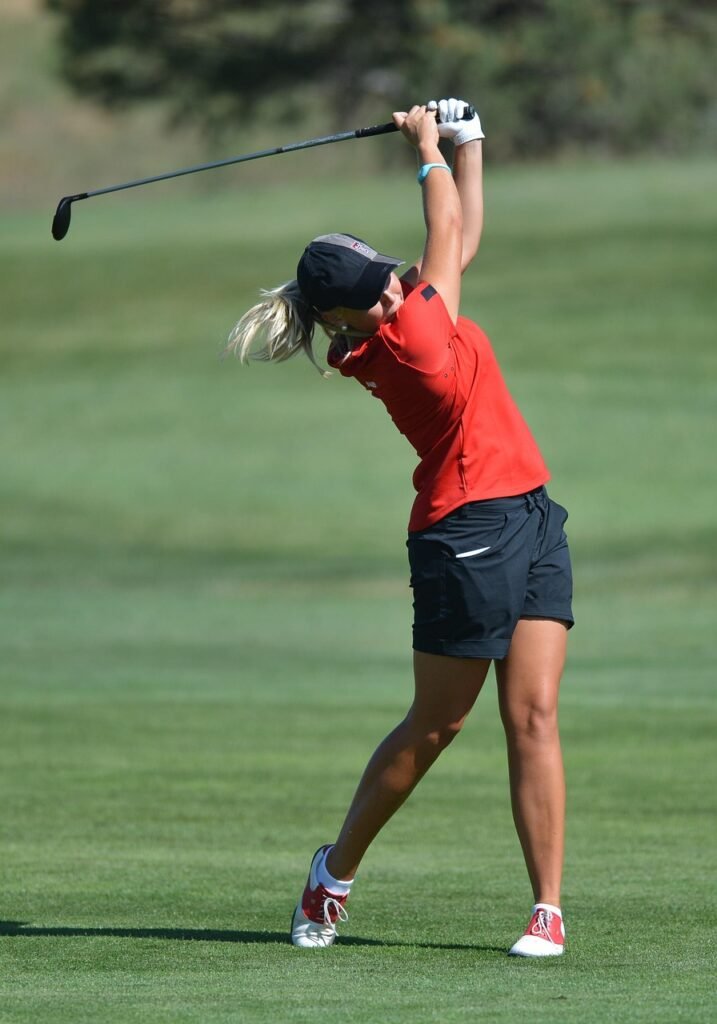How to Calculate Your Golf Handicap: All You Need to Know
Learn how to calculate your golf handicap step-by-step. Improve your game with simple tips, tools, and gear reviews perfect for all skill levels. How to Calculate Your Golf Handicap: Tips and Tools to Improve Your Skills Golf is a fun game where players of different skill levels compete. A golf handicap is a number that represents your skill based on past scores. It makes the game fair by adjusting your score to compare with others. Whether you’re a beginner or a pro, knowing your handicap helps you improve and enjoy the game more. What Is a Golf Handicap? A golf handicap is a number that shows how well you play compared to the course. It levels the playing field so golfers of all skill levels can compete fairly. In simple terms, the lower your handicap, the better you are expected to play. For example, a player with a 5 handicap usually scores around 5 strokes over par on a typical course. Tip: Keep all your scorecards and note the course rating and slope (usually on the scorecard). This info is needed when calculating your handicap. Why Does a Golf Handicap Matter? Your handicap matters because it helps make matches and rounds fair and fun for everyone. Golf handicaps level the playing field for golfers of all skill levels, allowing beginners to get extra strokes so they can compete with more advanced players. Handicaps also show your progress: as you practice and score lower, your handicap drops. Tip: After your round, compare your net score (your score minus your handicap) instead of raw score. This shows how well you played relative to the course. Plus, a handicap adjusts for course difficulty. Each course has a Course Rating and Slope to measure how hard it is. Your handicap calculation takes these into account, so a low score on a tough course is worth a bit more. It also helps you set clear goals: every round you play with a handicap means you have a target to improve on. How Does a Golf Handicap Work? You might wonder, “how a handicap works?” For 2020 and beyond, golfers use the World Handicap System (WHS) which unifies how handicaps are calculated worldwide. It is calculated using a formula with your scores, the course rating, and slope. Here are the main ideas: Tip: Always use the official course rating and slope for your tee boxes. Even small errors in these numbers can affect the final handicap index. Steps to Calculate Your Handicap For official details, see the USGA Handicap FAQ or the NCGA Handicap Guide. Tip: Record your scores accurately right after each round. Using a smartphone app or an official scorecard helps avoid mistakes. Related Question: How to Lower Your Golf Handicap? Many golfers wonder, “how to lower my golf handicap?” The answer is simple: practice smart and play smart. Here are some tips: Tip: Keep a practice diary. Note what you worked on and how it felt. Over time, this helps you see what improves your game. Tools and Products to Improve Your Game Modern gadgets can help you track your game and improve faster. From GPS golf watches to swing analyzers, here are some top products golfers use: GPS Golf Watches These watches show distances on the course and track rounds. They often choose your course automatically and display yardages to the front, middle, and back of the green. For example, using a GPS watch to play smarter can help lower your golf handicap by improving course management. Garmin Approach S10 GPS Golf Watch A lightweight watch that automatically finds your course from 41,000+ preloaded courses and shows yardages to front/center/back. It also records your score on each hole for easy tracking. Garmin Approach S12 GPS Golf Watch Similar to the S10 with a round design and longer battery life (up to 30 hours). It comes with 42,000+ courses preloaded, lets you keep score on the watch, and syncs with your smartphone app. Bushnell iON Elite Golf GPS Watch A full-color touchscreen watches with slope-adjusted yardages. It includes 38,000+ courses, a 12+ hour battery, auto hole advance, and even measures your shot distances. Tip: Wear your GPS watch each round. It will auto-detect holes and give precise yardages, so you can focus on your swing. Swing Analyzers: These devices give you instant feedback on your swing mechanics and ball flight. Tip: Use these analyzers on the range. For example, Rapsodo’s shot tracers and swing replay help you see exactly how your ball flew and what your swing looked like, so you can make precise improvements. Golf Score Logbooks & Journals: Writing down your scores and notes lets you review rounds over time. It’s a simple way to spot trends. Laser Rangefinders: These give very accurate distances using a laser. These tools gather data to improve your practice. They won’t replace putting in the hours on the range, but they make practice smarter and more fun. Helpful Golf Tips For the love of outdoor fun, remember your family too! After golf, take your dog for a walk or let them play fetch. Check out the Green Golfing Genius blog for ideas on fun outdoor activities with pets. Conclusion Your handicap is your personal key to fair and fun golf. By understanding and calculating it, you know where you stand and what to work on. Keep recording rounds, using the formula or an online calculator, and watch your Handicap Index adjust. Practice smart, use the helpful tools above, and enjoy every round. With patience and practice, you’ll not only know your index but also see it start to go down. Keep swinging and have fun!
How to Calculate Your Golf Handicap: All You Need to Know Read More »












